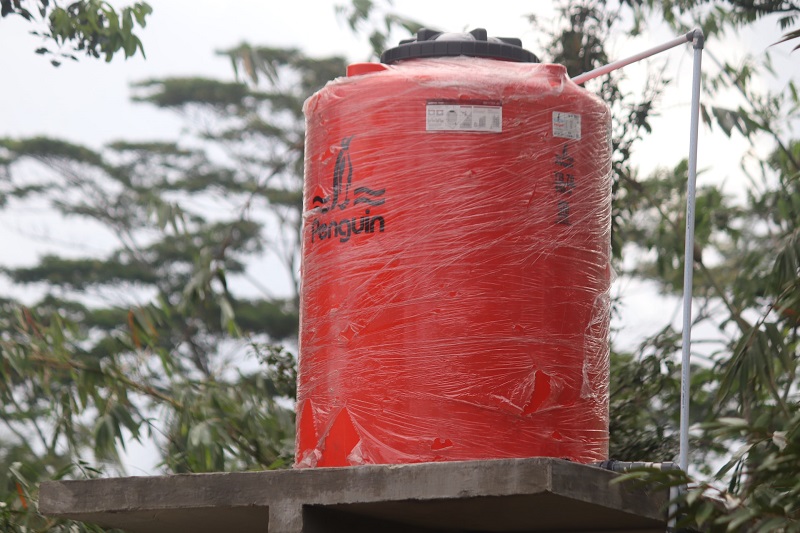In the realm of sustainable living, water tanks are becoming an increasingly common sight in suburban homes, rooftop gardens, and urban spaces. From ensuring a regular water supply to acting as an eco-friendly measure, the benefits of a water tank are manifold. But, how does one select the right water tank that suits their needs? What material makes for the most durable and reliable tank? If such questions have been on your mind, worry not, for we’ve got you covered.
In this blog post, we aim to unravel the mysteries of water tank materials, and guide you, dear readers, as you make a lasting contribution towards water conservation. We will talk about commonly-used materials, their pros and cons, and how each of them may gel with your requirements. So suit up for this illuminating exploration into the world of water tank materials.
From the budget cautious to the eco-warrior, and everyone in between, this comprehensive guide provides insights for everyone. From steel to plastic, we will explore the strengths and weaknesses of every type of water tank material.
Understanding The ‘Why’ Of Water Tanks
Water tanks play a critical role in storing precious water, which becomes especially vital in areas where water scarcity is a looming reality. Besides ensuring a steady water supply, they assist in rainwater harvesting, decreasing water utility bills, and supporting an eco-friendly lifestyle. In essence, they offer an answer to why we conserve – for our future, the environment, and to sustain precious resources.
How To Select The Perfect Material?
Choosing the right material for your water tank depends primarily on your requirements, budget, and location. Different materials have unique characteristics, making them suitable for varied uses and scenarios. We will delve into the features of common materials such as steel, plastic, concrete and fibreglass – how they fare in terms of durability, cost-efficiency, maintenance and ecological impact.
Steel Tanks – Strength And Resilience
Steel tanks present an image of staunch and hard-wearing resilience, smoothly performing under a wide variety of circumstances. They are a hit among homeowners due to their strength, rust-resistance, and longevity. However, they might seem hefty on the pocket and their heavyweight calls for proper installation.
Plastic Tanks – Affordability And Ease
Plastic or polyethylene tanks score high on affordability and convenience. Light in weight, easy to install, and virtually maintenance-free, these tanks are becoming increasingly commonplace. The downside though, lies in their shorter lifespan and potential environmental repercussions owing to plastic use.
Concrete Tanks – Sturdy And Eco-Friendly
Here is an eco-friendly, robust option for those committed to environmental sustainability. The sturdiness of concrete tanks is commendable. However, their high cost, weight, and the need for extensive preparation often act as deterrents.
Fibreglass Tanks – The All-rounder
While slightly pricier than plastic, fibreglass tanks offer durability, lightness, and resistance to algae formation and corrosion. They also fare well concerning insulation. But, fibreglass tanks require cautious handling as they can crack under pressure or due to mishandling.
Conclusion
Choosing the right material for your water tank is a decision that balances cost, longevity, ease of maintenance, and environmental considerations. This guide has aimed to break down these factors, walking you through the pros and cons of commonly used materials. Remember, regardless of your choice, your decision to invest in a water tank is a valuable step towards sustainable living. Here’s to a future where every drop counts, and each home contributes to conserving this precious resource. Be wise with your choice, for it can make a marked difference in your water usage, costs, and overall sustainability efforts.

